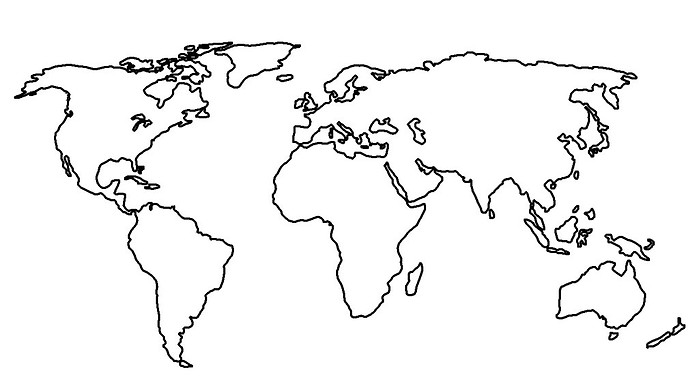MICRONEEDLE
PATCH
HOW?
Adhesive
Bonding Agent
Substrate
Mesh Matrix
Micro Needle
Penatration
Release Liner
Dermal Absorbtion
Application Device
Hygenic Delivery
MICRONEEDLE PATCH: BACKGROUND
Creation of the Microneedle Patch
The microneedle patch is composed of several needles attached to a flat patch. Small caches in the patch hold treatments that are expelled out through the needles. After use, the patch can be disposed of in normal waste containers. Nanoparticles are primarily stored in the cache deposits, becoming efficient drug carriers for the molecules that will enter the body.
The needles of the patch are also composed of water soluble polymers that dissolve into the skin's dermal layers. This specific region of treatment allows for the needles to directly target the Lagerhan cells to directly vaccinate the immune system without directly entering the bloodstream, requiring lower dosages than the standard needle injections.
WHEN AND WHERE?
WHY?
The microneedle patch is now been used for several purposes, but the innovation's initial purpose was to deliver medication through the patch. Seeing a need for a cost-effective and painless method of drug delivery, researchers at Drug Delivery Systems Inc. sought to develop the patch for communities that lack the infrastructure and resources to have standard needle injections.
THE FUTURE
The patch faces challenges of distribution. Specifically, while cutting on transportation costs, microneedle patches are more expensive than standard needles to manufacture, and therefore, researchers face challenges in developing a microneedle patch that is both inexpensive to produce and effective for the public.
The patch has made significant improvements pushing it toward clinical stages of testing. From innovators developing small pores to maximize treatment delivery, or clinical research initiatives where researchers first vaccinate Papua New Guineans, the microneedle patch is constantly changed and improved to make the patch more easy to transport and quicker to deliver drugs.

The patch was first developed in the United States in the '90s, but since then, the microneedle patch has continuously changed and developed across the globe.*
In Australia, the United Kingdom, and the United States of America, the patch has been developed as a vaccination and treatment tool. **
In Papua New Guinea, the patch has been tested to help vaccinate communities cost effectively. In South Korea, the patch has been developed primarily to serve as a cosmetic treatment.***
The United Kingdom
England
Ireland
The UK
Since the early 2000's , England-based companies, such P&G, have funded research at universities in developing the patch, such as Oxford University, Nottingham University, and Queen's College. Ryan Donnelly has also made siginifcant leaps in creating a hydrogel patch in his own research team.
Papua New Guinea
In this developing nation, nano patches (microneedle patches) have been used to vaccinate many individuals in 2013
Papua New Guinea
The United States of America
The United States of America
American companies, such as Drug Delivery Systems and Corium, have funded research since the early 1990's. University researchers such as Georgia Technical Institute's Mark Prausnitz has made huge leaps in innovation since the early 2000's. Philanthropy groups like the Bill and Melinda Gates Foundation have also been funding research as well.
South Korea
South Korea
The Foundation of Korean Cosmetic Industry Institute has made headway developing the patch for cosmetic use since the 2010's.
Australia
Australia
Mark Kendall of University of Queensland developed the microneedle patch in the early 2000's. He has sold his patch to VAXXAS a drug delivery company, in 2013, to distribute and further improve the patch.
The patch has proven much of its abilities and potential in many clinical studies. In the future, the patch's abilities will be first applied to creating vaccines for HPV and polio and released for public use. In doing so, this cheap, durable, and easy application drug delivery technique could vaccinate the globe leading toward the irradiation of more diseases
